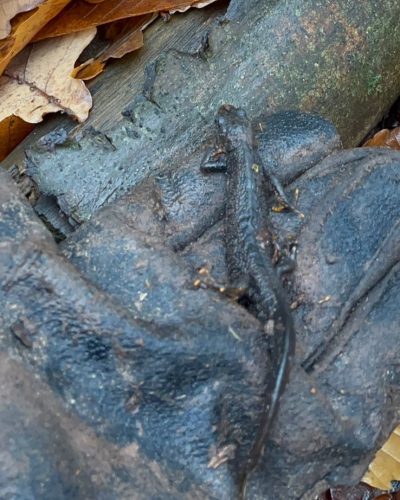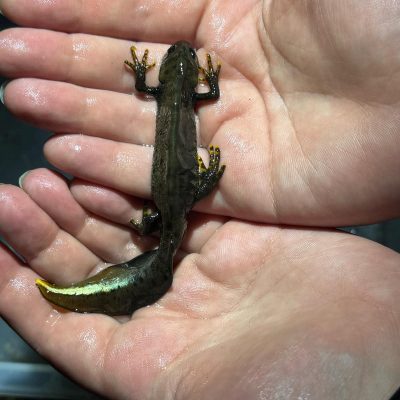Great Crested Newt (GCN) Surveys &
eDNA Testing for Planning
Fast, planning-ready GCN assessments with predictable timelines, seasonal clarity and practical advice aligned to your programme.
Do you need a GCN Survey?
You may need a GCN survey if your site:
- contains a pond or seasonal waterbody
- lies within 250 m of a pond
- includes grassland, scrub, hedgerows or woodland edges
- has rubble piles, log stacks or damp refuge features
- was flagged during a PEA for suitable terrestrial habitat
Because GCN are a European Protected Species, planning authorities require clear evidence wherever habitat risk is identified. Early checks protect timelines, avoid seasonal delays and shape proportionate next steps.

Early Signs an GCN Survey is Needed
- Pond on-site or within 250 m
- PEA flagged GCN suitability
- Grassland, hedgerows, scrub, woodland edges
- Rubble piles, log stacks, terrestrial refuge
- LPA requested a GCN assessment if site is in a GCN risk zone
- Large footprints near waterbodies or ditches
If any apply, a GCN survey is usually required.

What We Deliver
| Service | Purpose | Outcome |
|---|---|---|
| GCN eDNA Testing | Fast presence/likely absence screening | Clear positive/negative result |
| Habitat Suitability Index (HSI) | Early risk scoring | Practical suitability rating |
| Presence/Likely Absence Surveys | Alternative to eDNA Testing | Robust evidence for planning |
| Population Surveys | Gives an estimate of the population size | Data for mitigation/licensing |
| Mitigation & Licensing | If impacts are unavoidable | Planning-ready solutions |






